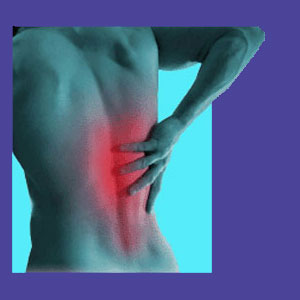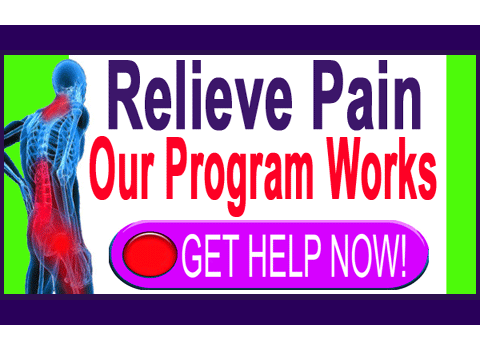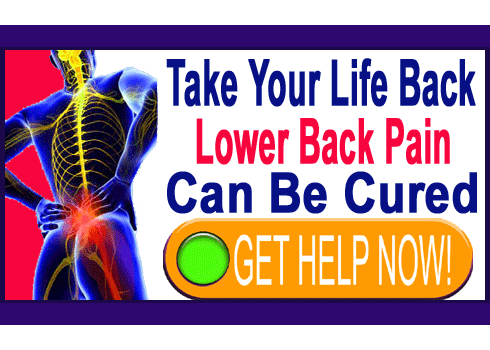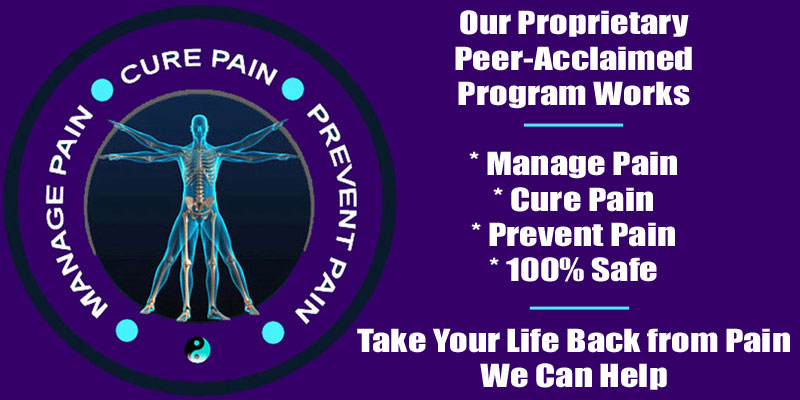
Thoracolumbar back pain exists at the juncture between the thoracic spine and the lumbar spine. Most doctors qualify this syndrome as upper lumbar back pain, which is not a very common location for symptoms to occur. However, there are certain conditions which tend to affect this area in some patients, providing a logical explanation for pain.
The thoracic spinal region is the least often affected part of the vertebral column to suffer back pain. The area is designed to protect the internal organs and features additional support and protection offered by the rib cage. Furthermore, the thoracic spine is not called upon to bend or flex as much as the other spinal zones. The lumbar spine has the distinction of being the most frequently affected of all spinal zones with back pain, often of a severe and chronic variety. However, the lower lumbar spine is the area affected by the vast majority of these complaints, while the upper lumbar spine is only affected by pain in a small number of patients.
This discussion explores the causes, symptoms and cures for thoracolumbar back pain problems. If you have primary pain at the area where the thoracic spine joins into the lumbar region, then this is the right article for your continuing research needs.
Symptoms of Thoracolumbar Back Pain
Thoracolumbar symptoms will exist right below the bottom of the rib cage where the 2 affected spinal zones join. Symptoms can mirror any other location for dorsopathy, with pain, tingling, numbness, weakness and burning being some of the most commonly cited expressions.
Pain is often linked to movement, although this is not unusual for many different types and locations of back pain. Pain is most often localized, but some patients might suffer symptoms in the buttocks, hip, or upper frontal or lateral thigh region, as well as or instead of actual back pain. These additional symptoms might help to verify a particular diagnosis detailed in the section below. Pain which is experienced in large areas off center of the spine is virtually always muscular in nature and should be studied for soft tissue, rather than spinal sources.
Thoracolumbar Pain Sources
Back pain at the thoracolumbar region can potentially be caused by any of the usual suspects. Some people have suffered injury or demonstrate atypical degrees of degeneration at this location that might affect specific spinal structures can create pathology, such as:
Herniated thoracolumbar disc is possible, but not overly common or symptomatic in most cases. Similarly, disc degeneration at this level is normal and almost never problematic.
Arthritis can affect the foraminal or central spinal canals, causing stenosis. T12/L1 is not a common region for symptomatic stenosis to occur, but it is certainly possible to experience given certain circumstances.
Scoliosis might be severe and affect different areas of the spine, including the thoracolumbar frontier.
Spondylolisthesis at L1 is possible, but extremely rare.
One of the most commonly diagnosed and location-specific causes of thoracolumbar back pain is posterior ramus syndrome, also called dorsal ramus syndrome, thoracolumbar junction syndrome and Maigne syndrome. This is a painful disorder involving irritation of the dorsal nerve roots in the region from T12 to L2. Typically, it is blamed on facet joint pathology or general spinal structural atypicality. Patients will most often suffer localized pain, as well as groin, hip, buttocks and or thigh pain mentioned in the section above. These symptoms are often the instigators for diagnostic processing towards a conclusion of posterior ramus syndrome. Note that even among lower back pain diagnoses which are mostly subjective in nature, this diagnosis remains very controversial and can not be confirmed by any verifiable means.
Thoracolumbar Back Pain Relief
Confirmed cases of spinal structural pathology here generally respond well to treatment and can be cured using a wide range of conservative, moderate or invasive care methods, depending on the exact nature of the causative condition.
Many spinal irregularities are unfairly blamed for causing pain when the true source resides in the muscles of the lower back and flank regions. In some cases, there might be true pathology affecting these muscles, such as injury, imbalance or RSI. In most cases, the conditions can be rectified using physical therapy and other conservative, constructive methods of care.
In our experience, many patients with chronic severe back pain in the thoracolumbar region are suffering from oxygen deprivation of the nerves and not any type of structural irritation, as is deemed the source in posterior ramus syndrome. This is why many cases do not respond well to targeted care tactics. In scenarios where symptoms are significant, but treatment has failed, the odds are that an ischemia process has been the true origin of suffering all along. These patients must be treated using knowledge therapy is they are to have any hope of recovering and getting back to a normal and pain-free life.
Lower Back Pain > Lumbar Back Pain > Thoracolumbar Back Pain





